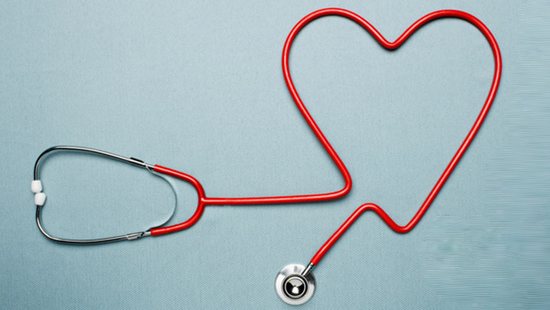The twenty-first century has seen groundbreaking improvements in prosthetics for amputees, and developments continue at a rapid rate. The Department of Defense’s Hand Proprioception and Touch Interfaces (HAPTIX) program has been working with rehabilitation experts at the University of Pittsburgh School of Medicine. The researchers are working to develop a prosthetic arm that not only moves like a natural one but feels like it to.
By improving sensation in the limb, doctors hope to add an intuitive feel that will improve control of the device. According to lead researcher Dr. Robert Gaunt, “To make the most of these new capabilities, we have to integrate the prosthetic into the remaining neural circuitry so the patient can use it like a regular hand that, for example, can pick up a pen, gently hold an egg or turn a stuck doorknob.” In the first phase of development, doctors are using fine-wire electrodes on volunteers to stimulate the sensory portion of spinal cord nerves that normally innervate the hand and forearm. They are also inserting the fine-wire electrodes into the arms of able-bodied volunteers to collect information related to muscle signals. Together these experiments will help researchers guide movements in a prosthetic hand to control opening and closing and thumb movement.
Another development is related to the astonishing capabilities of 3D printers in medtech. In February, the NGO Christian Blind Mission Canada received a grant to use the printers to create 3D prosthetics for children in the developing world. According to Mitch Wilkie, director of international programs at Christian Blind Mission, “There are more than ten million people in the world with amputations, most of whom live in developing countries. Around 300,000 of them are landmine survivors and this number is growing by about 26,000 people annually.” 3D printers solve a major problem with producing prosthetic limbs in developing countries—conventional sockets for the limbs are made with plaster-of-Paris molds and take at least a week to dry in the sun. Additionally, growing children need at least two fittings a year to adjust for body growth, an expensive process for most families. Wilkie believes the 3D process will expedite the process and produce limbs for $250 each, a fraction of the $5000 now spent by amputees in developing countries.

